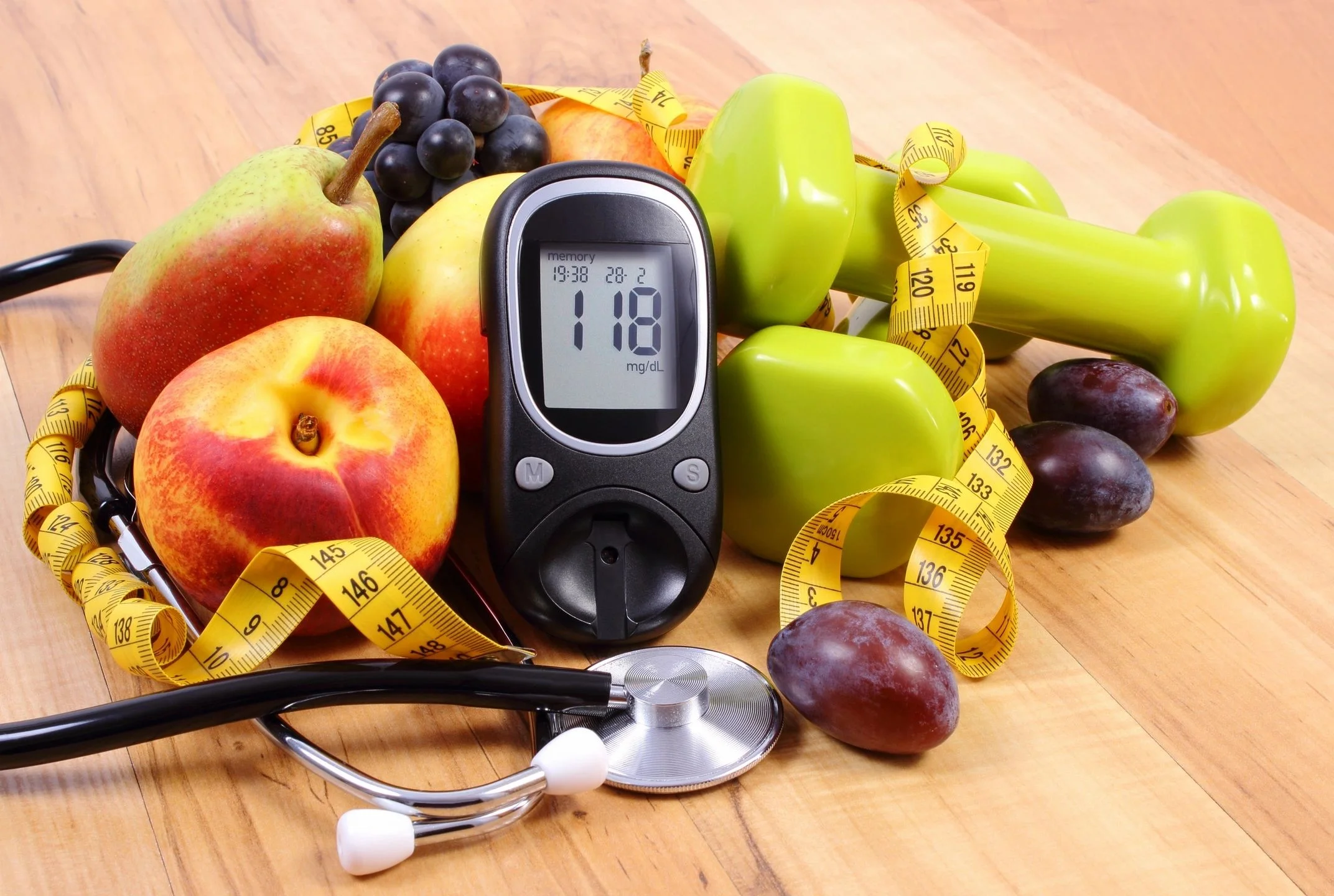There is a worldwide increase in the incidence of prediabetes. Prediabetes can progress to diabetes mellitus, which may cause devastating long-term health conditions. Fortunately, prediabetes can be reversed by making healthy lifestyle changes as early as possible.
What is Prediabetes
Prediabetes occurs when blood glucose or sugar levels are higher than normal limits but not high enough to meet the criteria for a diagnosis of diabetes. Prediabetes is also known as impaired fasting glucose or impaired glucose tolerance.
Normal control of blood glucose
After meals, blood glucose increases, and this is detected by sensors in the body. The body normally controls blood sugar levels by releasing a substance called “insulin.” Insulin makes organs absorb glucose (sugar) from the bloodstream and thus, lowers blood glucose levels.
Dangers of progressing to diabetes
Having prediabetes can cause a higher risk of developing type 2 diabetes mellitus. Additional factors like one’s age, sex, ethnicity, weight, and genetics can also affect one’s progression to developing diabetes.
“Diabetes Mellitus” is a condition where the body is no longer able to control blood sugar levels in response to food intake, particularly carbohydrate intake. This could be due to
issues with blood glucose sensors, the body’s ability to release insulin, or a combination of these two factors. Persistent high blood glucose levels can damage organs. This can lead to severe conditions like heart disease, kidney damage, and stroke. This is why it is important to prevent progression from prediabetes to diabetes.
Causes of prediabetes
The main cause of prediabetes is having excess fat in the body. Individuals who are overweight or obese have a high risk of developing prediabetes. This is because excess fat gets stored around organs including the pancreas, which is a key producer of insulin in the body.
The excess fat can damage the pancreas, thus preventing it from producing adequate insulin in response to high blood sugar. Excess fat also causes the body’s organs to be less sensitive to insulin. Hence, blood glucose levels rise and this leads to prediabetes.
Some medical conditions can increase one’s risk of prediabetes and diabetes. These include:
- A history of gestational diabetes (persistent high blood glucose levels during pregnancy)
- Cardiovascular disease (heart and blood vessel disease)
- Hyperuricemia (high uric acid levels in the blood)
- Polycystic ovary syndrome (a condition involving hormones and cysts in ovaries) ● Metabolic syndrome (a combination of abdominal obesity, high blood lipids, high blood sugar, and high blood pressure)
Identifying prediabetes
Prediabetes is identified and diagnosed using blood tests to measure blood sugar levels in various situations. Three different blood tests are routinely used:
1. Fasting blood glucose levels:
This test is typically taken after not eating for 8-12 hours, usually overnight. A fasting blood glucose result of 100-124mg/dl indicates prediabetes.
2. 2-Hour oral glucose tolerance test:
This test measures blood glucose levels 2 hours after one receives a dose of sugar. It reflects how well one’s body responds to sugar intake. A result of 140-199mg/dl indicates prediabetes.
3. HbA1c:
This test reflects how well-controlled glucose levels have been over 3 months. A result of 5.7-6.4% indicates prediabetes.
Reversing and managing prediabetes
A combination of lifestyle modifications, which will be discussed below, can improve glucose tolerance and prevent prediabetes from progressing to type two diabetes. The benefits conferred by healthy lifestyle modifications can persist for years and improve one’s overall health in the long run.
1. Weight loss
Reducing diabetes risk primarily involves weight reduction. A 7% loss of initial body weight is recommended. With each kilogram of weight loss, one can experience a 16% reduction in diabetes risk.
In general, reducing calories from fat intake and increasing physical activity promotes weight loss.
2. Exercise
Exercise is key to maintaining good overall health and preventing diabetes. Approximately 150 minutes of brisk walking or other forms of moderate aerobic exercise is enough to lower one’s risk of developing diabetes. Aerobic exercise refers to activities that increase breathing and heart rate. A gradual increase in exercise frequency and intensity over time is recommended. This is because additional physical activity results in additional health benefits.
In particular, a combination of strength training and aerobic exercise can give one the greatest reduction in diabetes risk.
3. Healthy diet modifications
Diabetes can be prevented by making healthier food choices in combination with exercise. Adherence to new dietary changes can be maximized by choosing a healthy dietary pattern rather than having a strict meal plan.
Having flexibility around food and incorporating one’s personal preference into dietary changes helps long-term adherence to new diets. For instance, having a meal plan that only focuses on carbohydrate restriction can feel stifling to some. This may lead to non-adherence, especially in the long run.
Instead, focus on the abundance of available healthy options. Consider building eating habits around healthier diets such as the Mediterranean diet. There is no strict definition of a Mediterranean diet. However, it is typically high in fruits, vegetables, legumes, and whole grains and has olive oil as a key source of heart-healthy monounsaturated fat. It also has minimal red meat and focuses more on moderate amounts of fish, poultry, and dairy products.
The Mediterranean diet is not the only healthy dietary pattern available. Other healthy diets could be the Dietary Approaches to Stop Hypertension (DASH) diet. Ultimately, the best diet is the one that results in long-term adherence.
4. Smoking cessation
Cigarette smoking increases one’s diabetes risk. Cigarette smoke increases inflammation levels in the body and sometimes promotes weight gain. These are some of the ways smoking is associated with higher diabetes risk.
Smoking cessation also increases the risk of heart disease, stroke, and cancer. It is therefore best to stop smoking as soon as possible, to optimize health. However, achieving smoking cessation can be challenging. The use of Nicotine Replacement Therapy (NRT) is often recommended to help one stop smoking.
When to see a doctor
Some individuals may also show early signs and symptoms of prediabetes. This includes:
- Extreme thirst
- Increased need to urinate more often
- Blurry vision
- Drowsiness
- Slow-healing wounds
If these signs and symptoms occur, routine blood tests to check glucose levels are recommended. These can be arranged by community healthcare professionals like doctors.
The bottom line
Prediabetes is reversible. Making healthy lifestyle modifications as early as possible can greatly reduce one’s risk of progressing to diabetes. Moving more and choosing healthier foods are some of the many ways to improve one’s health.









